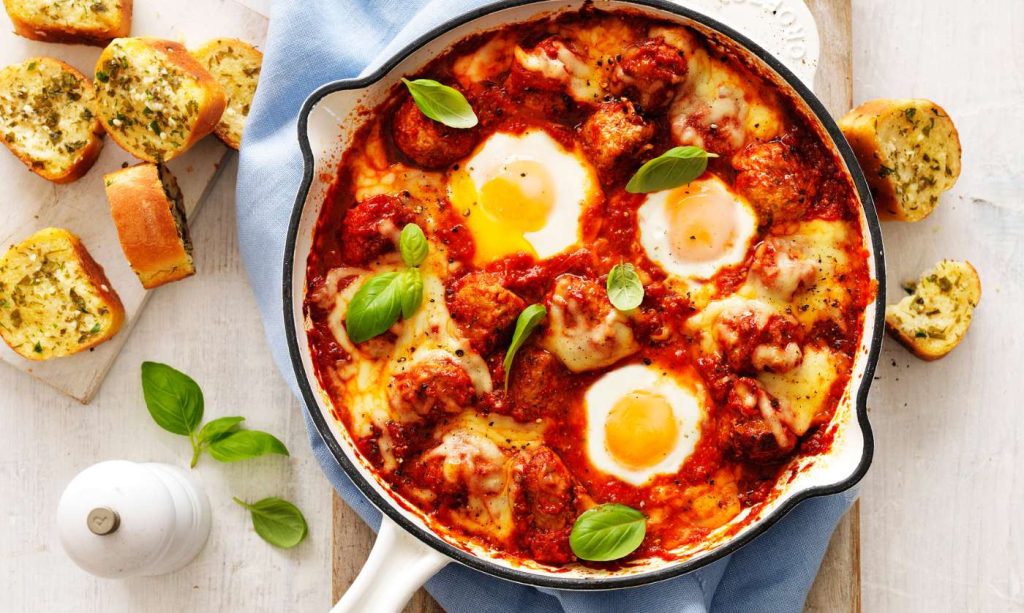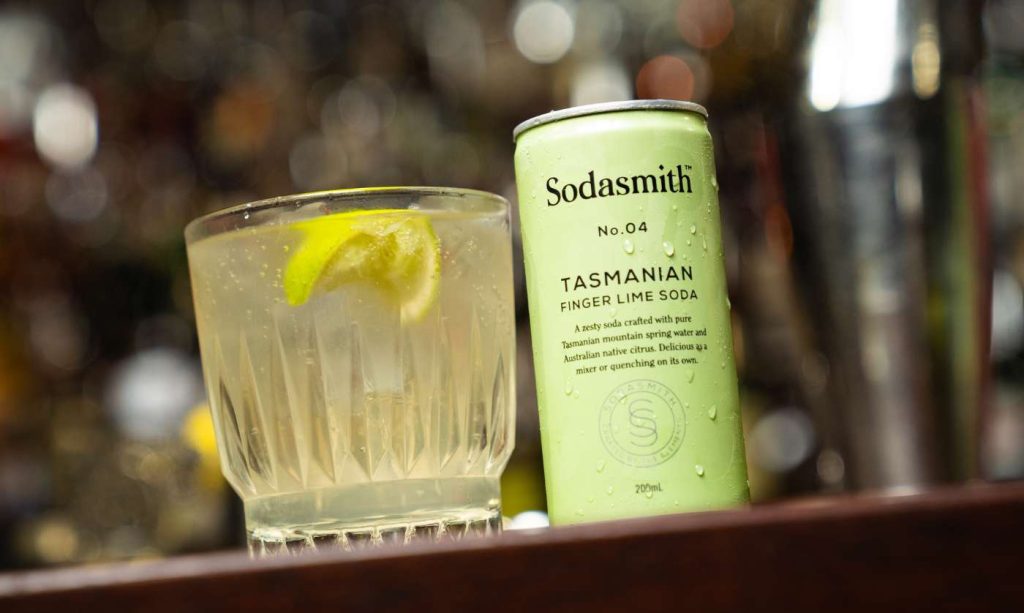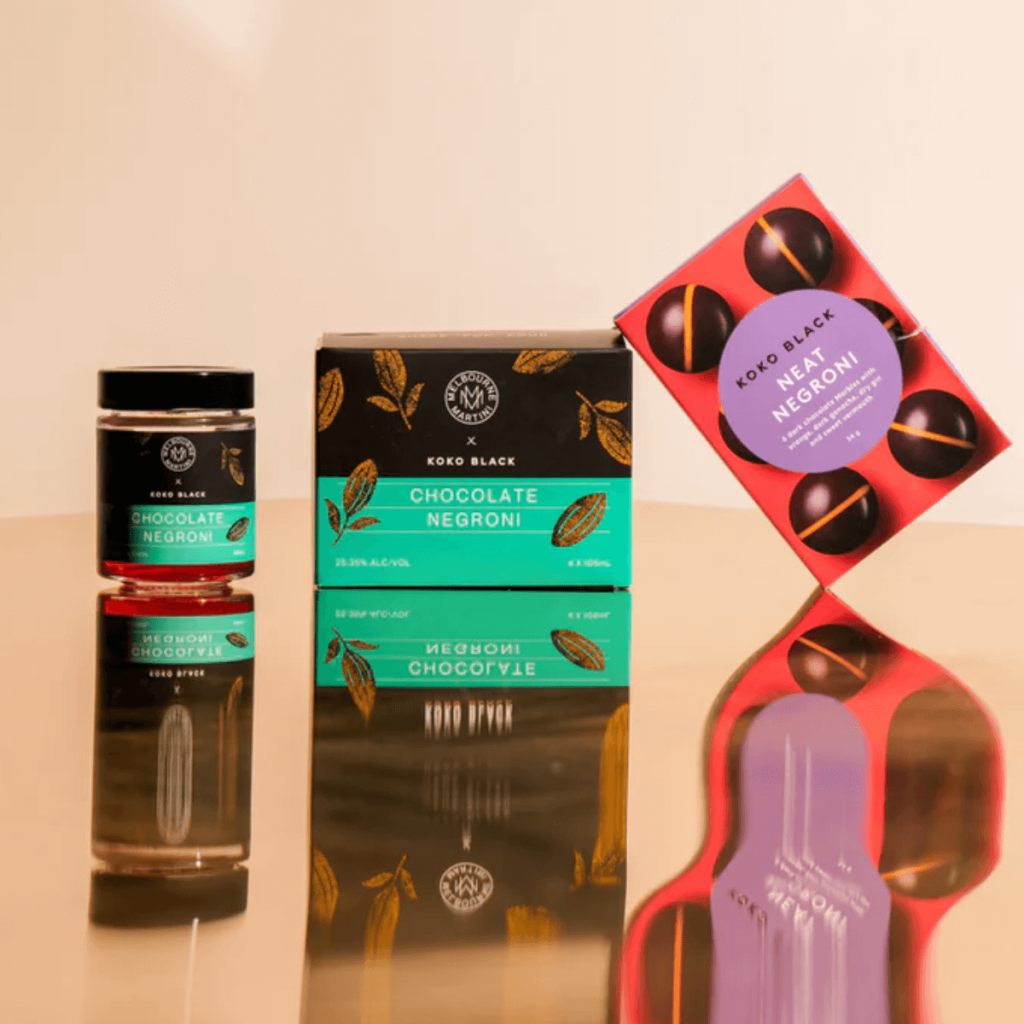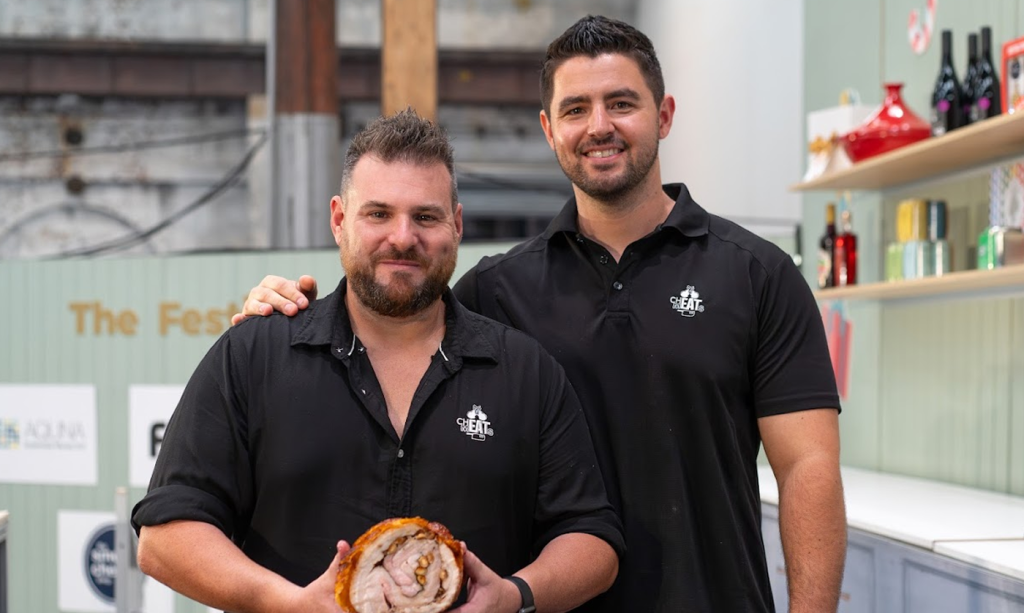Fabulous Ferments
Published 06 Feb, 2015From kimchi to sauerkraut, fermented food is back in 2015 in a big way. What’s it all about?
Experts are predicting you’ll see a lot of fermentation throughout this year – we go beyond the hype to see what it is, how it’s good for you, and what’s happening at the best restaurant in the world.
You may already be familiar with the term fermenting; it’s the process we have to thank for beer and wine. When it comes to food, fermenting has been used as a method of preservation since the copper age. That’s over eight thousand years!
Fermentation refers to the process in which microorganisms such as bacteria or yeast convert sugar and carbohydrates into lactic acid, which is what gives it that slightly acidic, sour taste. Sounds a bit icky, but if your diet includes bread, yoghurt, cheese, or even chocolate, then you are already eating these living cultures.
These good bacteria, or probiotics, are fantastic little helpers that are thought to improve overall gut health, strengthen the immune system, give you glowing skin, reduce bloating, and protect against free radicals that can cause disease. The fermenting process also helps to break down the food into a more easily digestible form and in certain foods can even boost the vitamin content, particularly vitamin B.
Commonly fermented foods include cabbage, cucumbers, carrots, and other vegetables, but the possibilities are almost endless. Many drinks can be fermented too; Kombucha tea is a fizzy drink made from sweetened black tea fermented with yeast.
With such a wide variety of flavours to play with, restaurants all over the world are experimenting with fermenting different foods. World-renowned Noma in Copenhagen is going crazy for fermenting, experimenting with fermented pine needles, egg yolks, elderflower and even grasshoppers! More locally, Bistro Dom in Adelaide serves fermented kohlrabi with kingfish, Marque of Sydney does soy yoghurt with fermented sweetcorn, and Melbourne’s Kong does a one of the best classic kimchis.
It’s easy to try fermenting at home. Place your chosen ingredients in a sterlised container, and depending on your recipe add salted water, yeast, a starter culture such as lactobacillus. Leave the ingredients to ferment for a few days, weeks or even years!
The tangy, sour taste of fermented vegetables makes them the perfect side for fatty meat and fish dishes, but can also be enjoyed on their own. Why not pair kimchi with a glass of Riesling? A double dose of fermentation at its finest.
Images from Kinfolk Magazine, Sara Remington and iwillnoteatoysters.com











